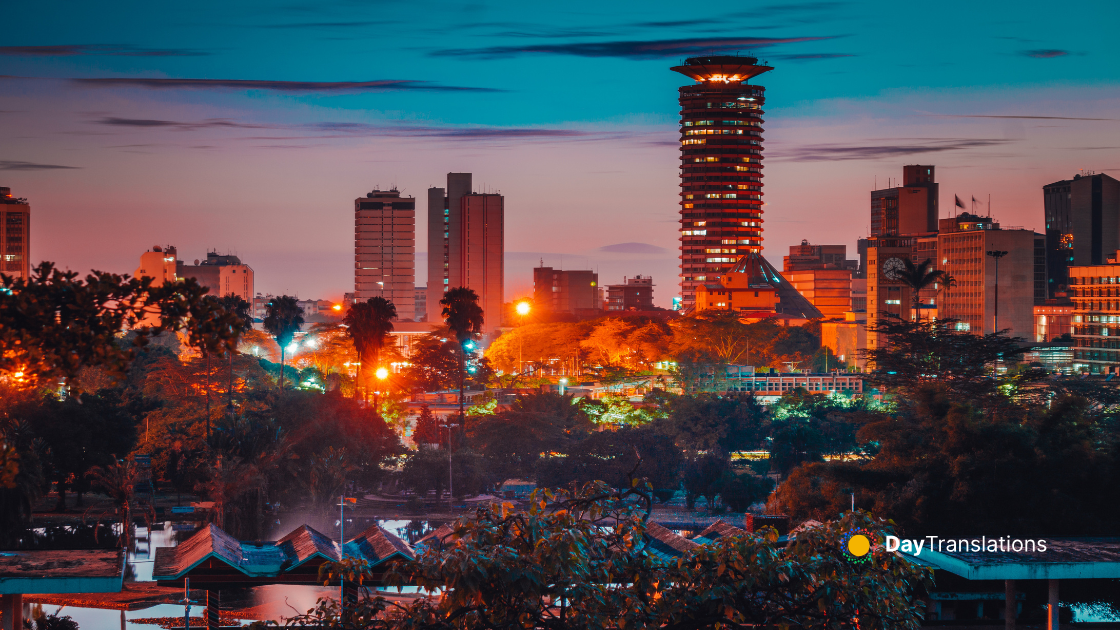Geography of North Korea: Important Geographical Information about North Korea
In this Country Profile
North Korea is located in east Asia on the northern half of the Korean Peninsula. North Korea shares a border with three states, including China along the Amnok River, Russia along the Duman River, and South Korea along the Korean Demilitarized Zone(DMZ). The Yellow Sea and the Korea Bay are off the west coast and the Sea of Japan (East Sea of Korea) is off the east coast.
Some 80 percent of North Korea’s land area is composed of mountains and uplands, with all of the peninsula’s mountains with elevations of 2000 m or more located in North Korea. The great majority of the population lives in the plains and lowlands.
Baekdu Mountain, the highest point in North Korea, is a volcanic mountain near the Chinese border with basalt lava plateau with elevations between 1400 and 2000 m above sea level. The Hamgyeong Range, located in the extreme northeastern part of the peninsula, has many high peaks, including Mt. Gwanmosan at approximately 1756 m.
Other major ranges include the Rangrim Mountains, which are located in the north-central part of North Korea and run in a north-south direction, making communication between the eastern and western parts of the country rather difficult; and the Kangnam Range, which runs along the North Korea–China border. Geumgangsan, often written Mt Kumgang, or Diamond Mountain, (approximately 1,638 m) in the TaebaekRange, which extends into South Korea, is famous for its scenic beauty.
For the most part, the plains are small. The most extensive are the Pyongyang and Chaeryong plains, each covering about 500 km2. Because the mountains on the east coast drop abruptly to the sea, the plains are even smaller there than on the west coast.
The mountain ranges in the northern and eastern parts of North Korea form the watershed for most of its rivers, which run in a westerly direction and empty into the Yellow Sea and Korea Bay. The longest is the Amnok River, which is navigable for 678 of its 790 km. The Duman River, one of the few major rivers to flow into the Sea of Japan, is the second longest at 521 kilometers but is navigable for only 85 kilometers because of the mountainous topography.
The third longest river, the Daedong River, flows through Pyeongyang and is navigable for 245 of its 397 km. Lakes tend to be small because of the lack of glacial activity and the stability of the Earth’s crust in the region. Unlike neighboring Japan or northern China, North Korea experiences few severe earthquakes. The country is well-endowed with spas and hot springs, which number 124 according to one North Korean source.

Sorry, the comment form is closed at this time.